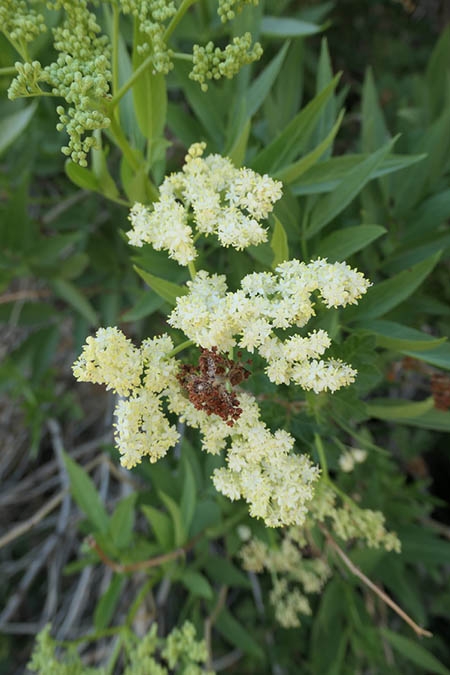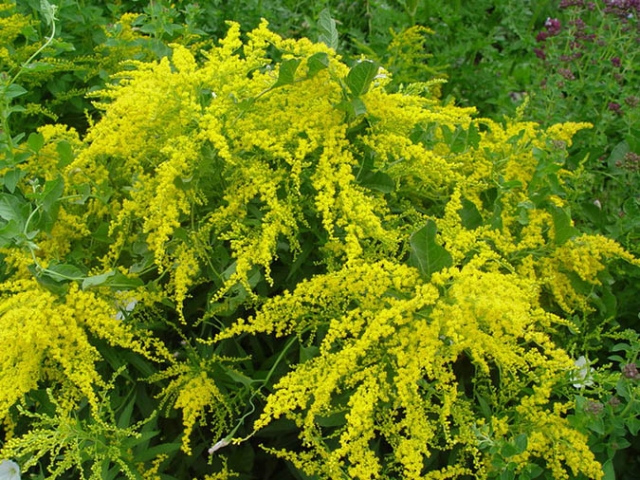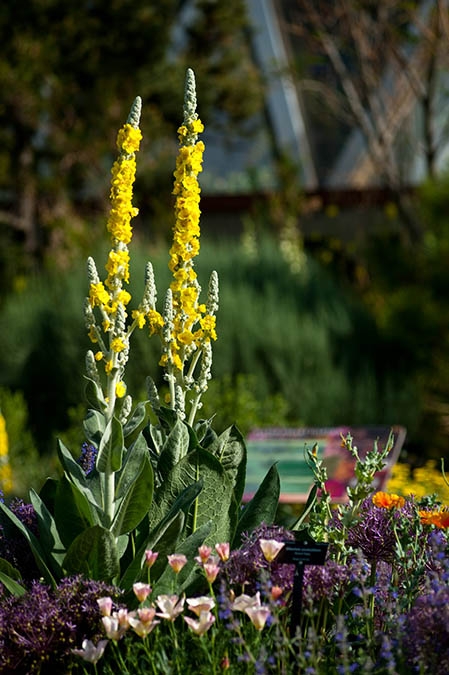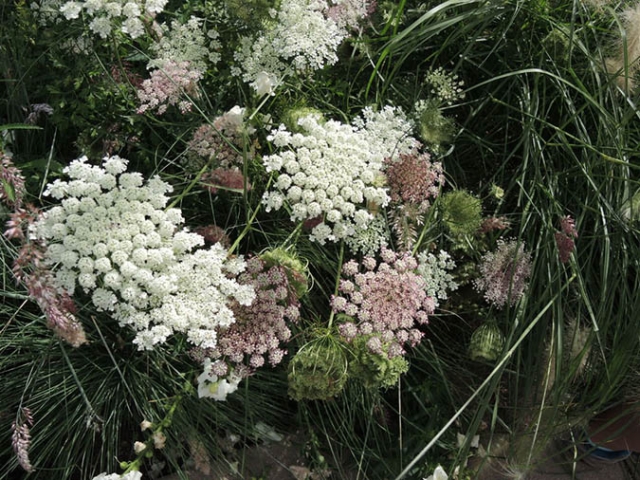Plant Lore
Lore is knowledge gained through tradition or anecdote and passed down through the ages, from generation to generation. The lore of plants has long been an integral part of humanity; influencing our religion, medicinal remedies, the food we eat—and even our behaviors.
Can you recall lore passed down to you by an older family member or trusted teacher? Maybe something like “an apple a day keeps the doctor away” or the notion that you should “knock on wood?” Lore weaves itself into a healthy diet as easily as it does superstition.
Speaking of wood, the lore of elderberry (Sambucus spp.) describes this woody plant as having properties of protection from witches. Early European stories attribute bad luck to cutting the wood of elderberry plants or crafting an infant’s crib from its wood. According to Grimms’ fairy tales, it is wise to keep a bouquet of elderflowers picked in midsummer on hand in case the devil wanders by.

Elderberry
Burdock (Arctium minus), sometimes called beggar’s button, was a favorite herb of the goddess Venus and therefore useful in love matters. To use as a love charm, pick a burr (or prickly seed) off a burdock plant. Name the seed after the one you love or fancy. Then, throw it against your clothing; if it sticks, the object of your affection feels the same as you. If the seed does not stick, the person does not share your affection.
Goldenrod’s (Solidago spp.) tales are those of prosperity. Finding goldenrod in the wild was a sign that buried treasure lay beneath. Grow goldenrod by a house door to expect great fortune.

Goldenrod
Mullein (Verbascum spp.), a commonly found plant in Denver, has roots (no pun intended) in the Greek word flego, meaning “set on fire.” Historically, the leaves were rolled and dried, then used as wicks for oil lamps and candles. Later Europeans dipped mullein stalks in beef fat and burned them to frighten off evil spirits. The common name “Aaron’s Rod” is a Biblical reference to Aaron, who used a long staff to overcome Pharaoh’s evil sorcerers.

Mullein
Artemisia species, or mugwort, have been used for medicinal purposes for centuries all over the world. Herbalists claimed that artemisia species were an excellent comfort for the brain. Crushing its leaves and inhaling its aromatic fragrance is said to have a calming effect.

Queen Anne’s Lace
One of my personal favorite plant lore stories comes from Ohio, where I grew up exploring the woods as a child. I learned “Queen Anne’s Lace” (Daucus carota) was picked to adorn the hair of women in the “olden days” and was made popular by Anne, Queen of Great Britain. Women also collected these flowers on their wedding day to be sewed onto their dress for extra beauty and embellishment as lace.
What is some plant lore you remember? Comment below! We'd love to hear from you.
This article first appeared in Life on Capitol Hill.
Add new comment